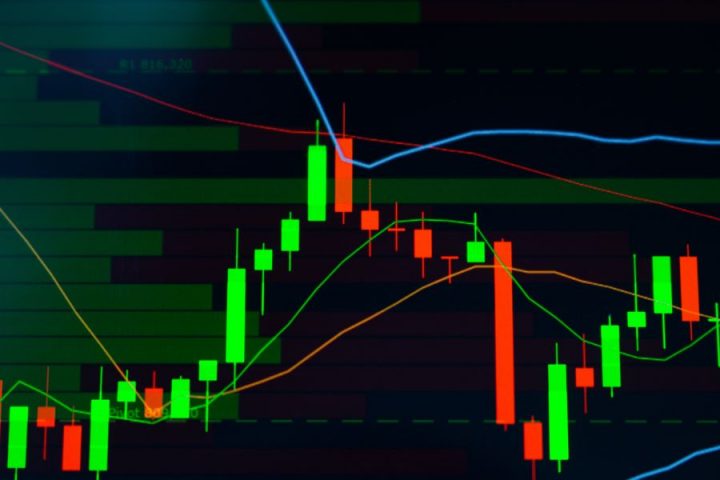In day trading, pivot points are key to identifying support and resistance levels on a chart. They are easy to calculate and are used by day traders. Learn more about them and how they work. Whether you stand as a newbie or an experienced trader, this article will provide you with a basic understanding of how pivot points work.
Pivot points are used to identify support and resistance levels.
Pivot points are levels on a chart that are defined by a stock‘s high, low, and closing prices. These levels are also called resistance and support levels and are the basis for making trading decisions. They are used by day traders to determine when to buy and sell a stock.
Traders can use pivot points to enter and exit a trade by placing long entry orders at the pivot price. However, they should be cautious not to trade at levels that the market will not respect. If the price breaks through the pivot resistance, it will be difficult to enter a trade.
Traders often struggle with setting trading boundaries. They may use pivot points as a guide to set their profit targets, stop-loss levels, and entry points. These levels are useful in determining the risk-reward of a trade.
They are a leading indicator.
While pivot points are not an exact predictor of future price movements, they do show key levels in the market. These levels are sometimes called “support” and “resistance.” When the price breaks these levels, the price returns to the support level. This is an imperative concept to understand in trading.
Pivot points help traders establish trading boundaries. They help traders determine entry and exit points and help them define stops and profit targets. It also allows traders to eyeball the risk and reward of a trade in real time. It can also help traders spot losing trades. For example, if a stock does break below a pivot point, it may be in trouble.
Pivot points are calculated by a simple formula. They offer a variety of benefits to traders, though they are not appropriate for all traders. While pivot points can be useful, they do not guarantee that prices will reach or stay at a particular level. Traders should combine them with other indicators to create a complete picture of price behavior.
They are easy to calculate
Pivot points are an important part of technical analysis, and they are simple to calculate. Technical analysts will use them to identify levels that are considered support and resistance to the price movement. Support levels are generally seen as the floor of the market, while resistance levels are seen as the ceiling. When the price approaches one of these levels, it usually indicates indecision between bulls and bears.
A pivot point is a level that can help a trader identify the risk and reward associated with a specific trade. This can also help them identify losing trades. Stocks that are reversing from their pivot point are generally in trouble. Traders can also use pivot points as trailing stops.
Pivot points are also useful for trading stock indices. For example, a chart of the FTSE 100, the benchmark of the UK’s largest companies, will show pivot points based on daily highs, lows, and closes. These indexes are available for trading 24 hours a day through index futures contracts. The advantage of these contracts is that they can be traded around the clock. Traders can also use high, low, and close prices for smaller timeframes.
They are used by day traders
Pivot points are calculated using data from the previous trading day and applied to the current trading day. Day traders are the most common users of pivot points. They also use other timeframes, such as hourly and five-minute charts. However, if you’re using a longer timeframe, you may have to manually calculate pivot points.
Pivot points are fixed reference points on the market that help traders determine the trend of the broader market. They’re also useful for making entry and exit decisions for individual trades. In addition, they can be used in conjunction with other technical indicators, such as moving averages and MACD, to help traders make better trading decisions.
One of the advantages of using pivot points is that they are highly accurate indicators that will help you make the right trades at the right times. Most traders use pivot points to set their entry and exit points in the market. However, they’re not perfect. The crucial most thing to remember is that you can’t use a pivot point as your sole trading indicator. The key is to use it as part of a comprehensive trading plan.
